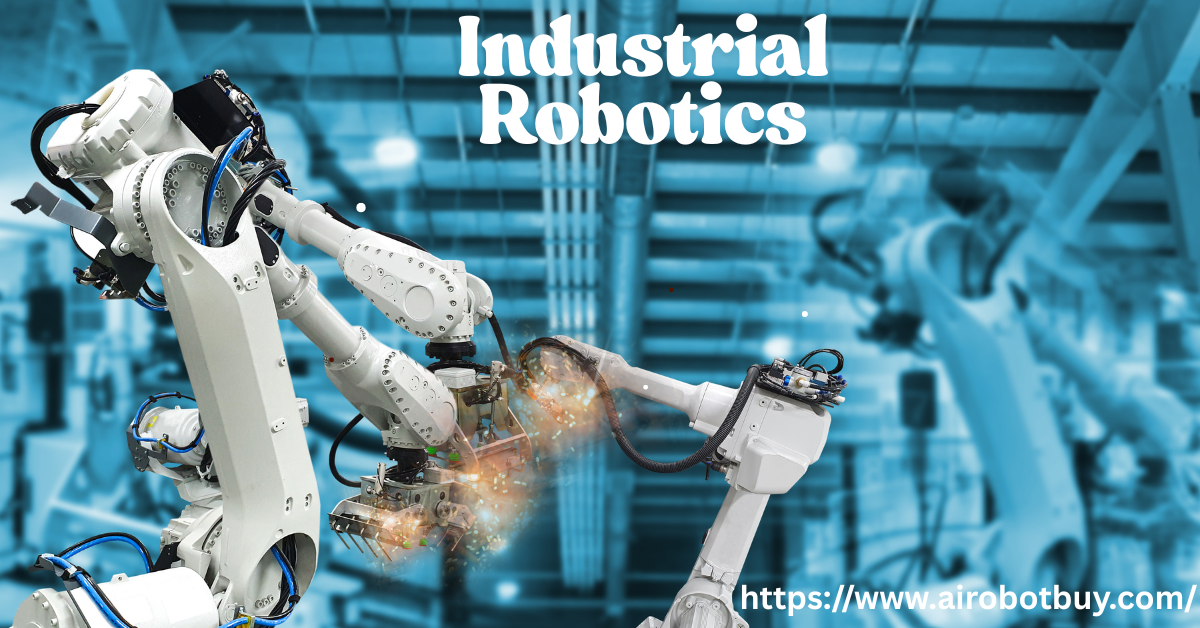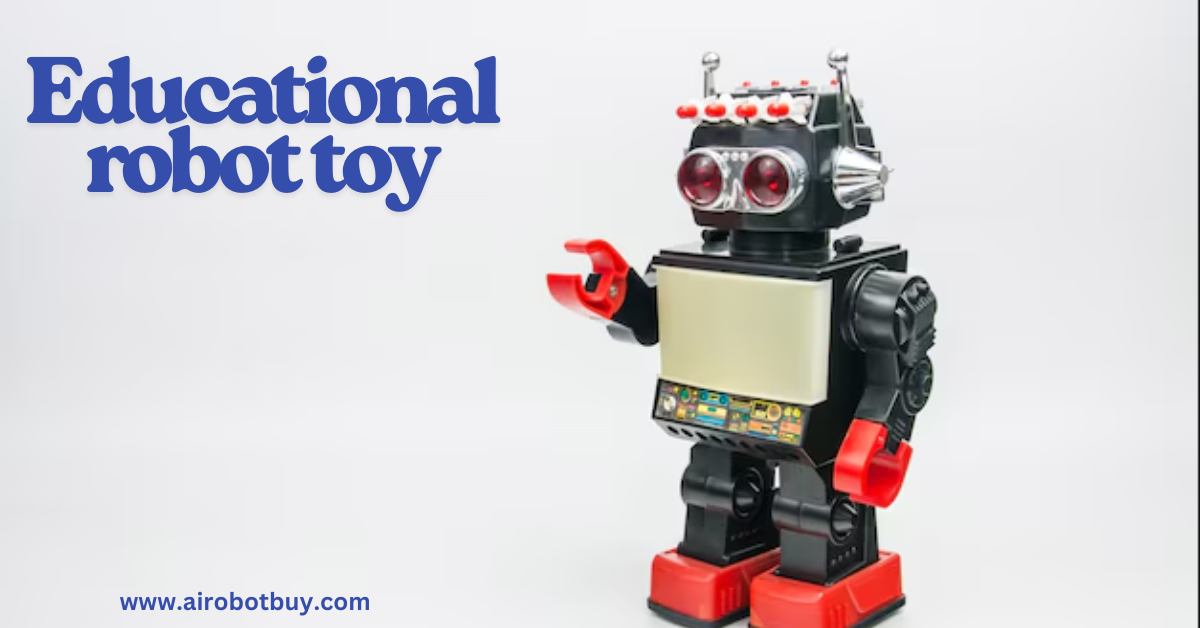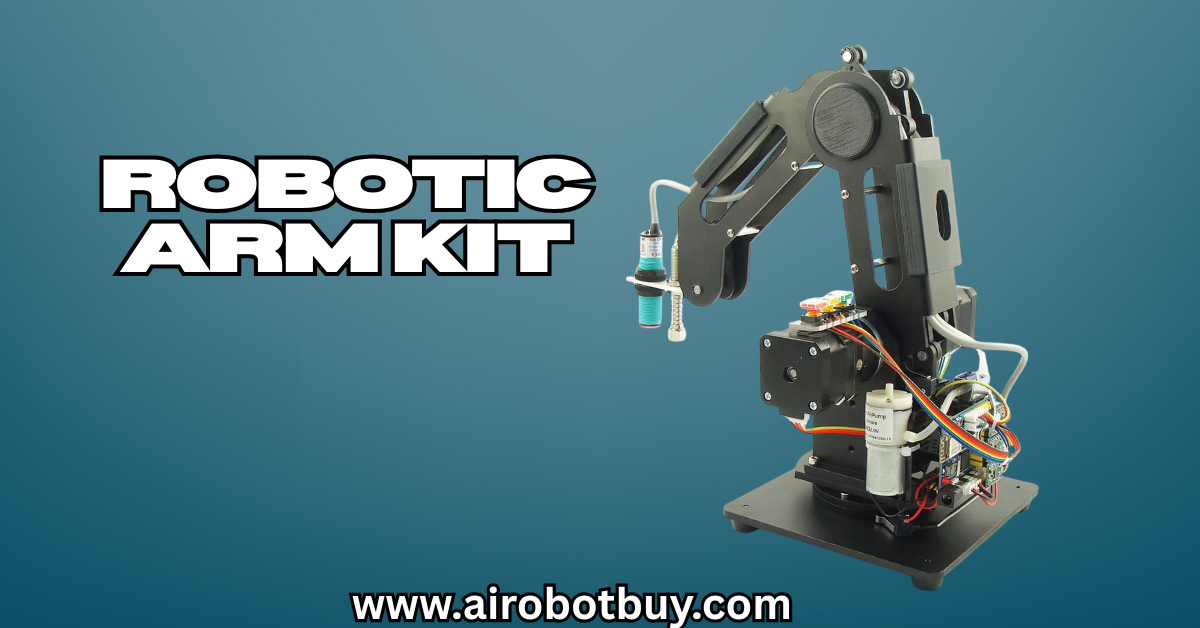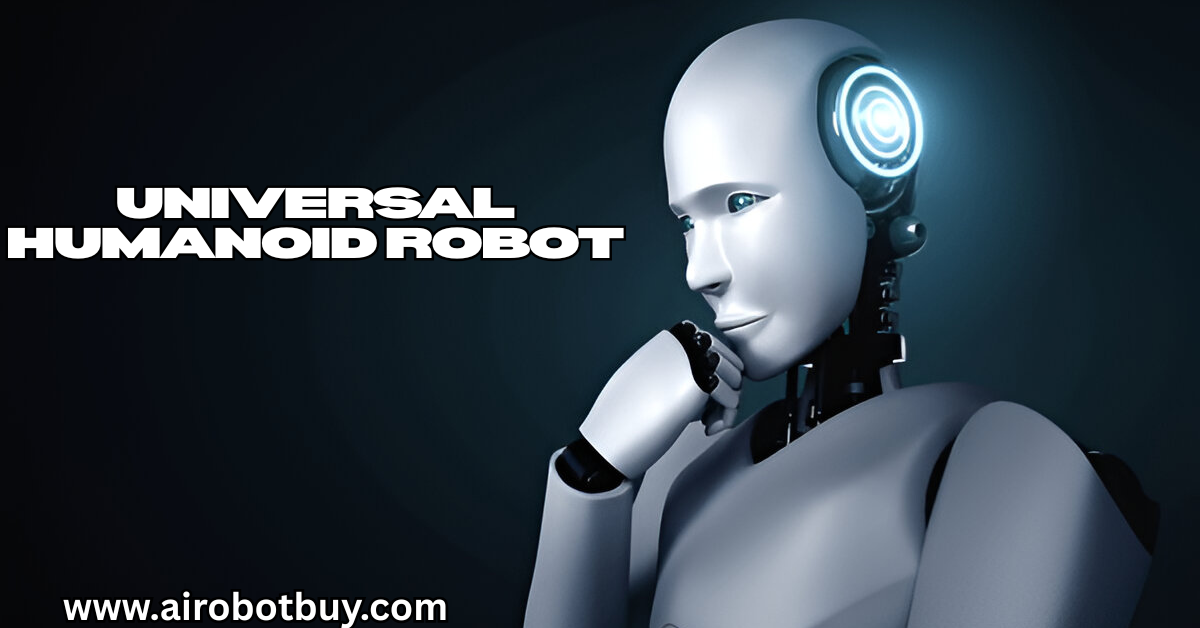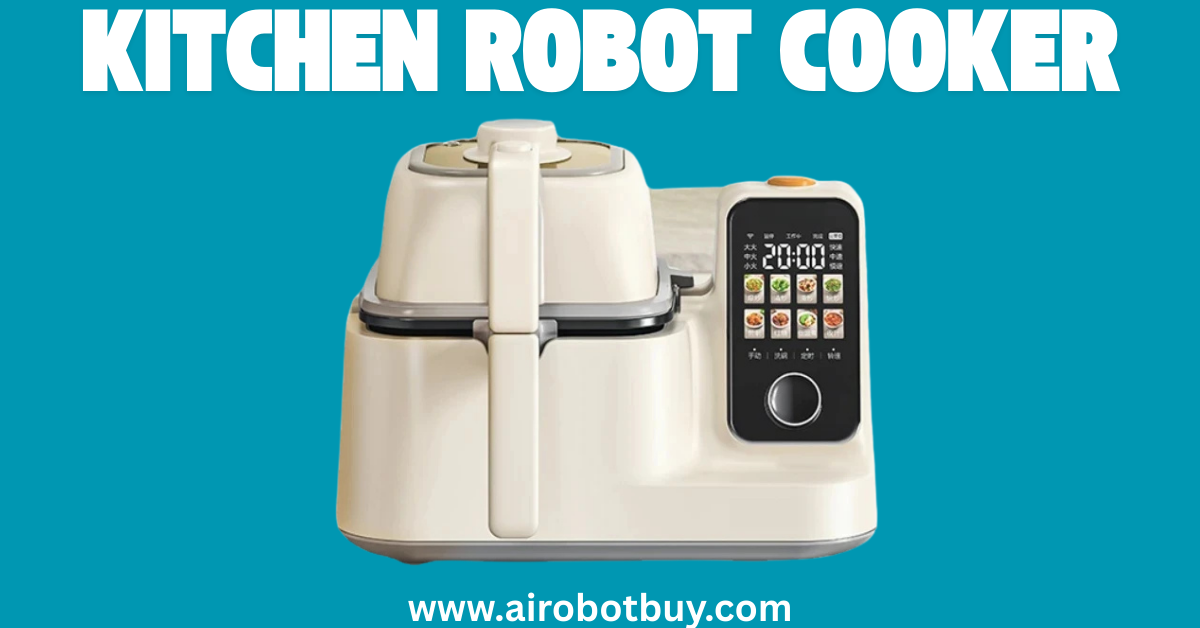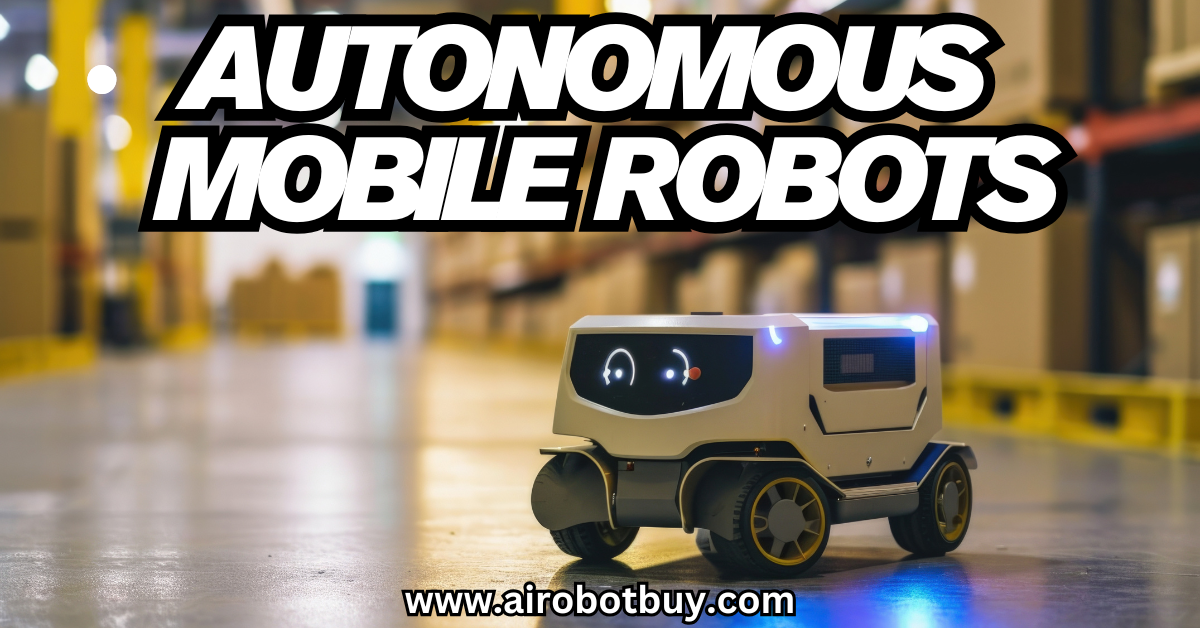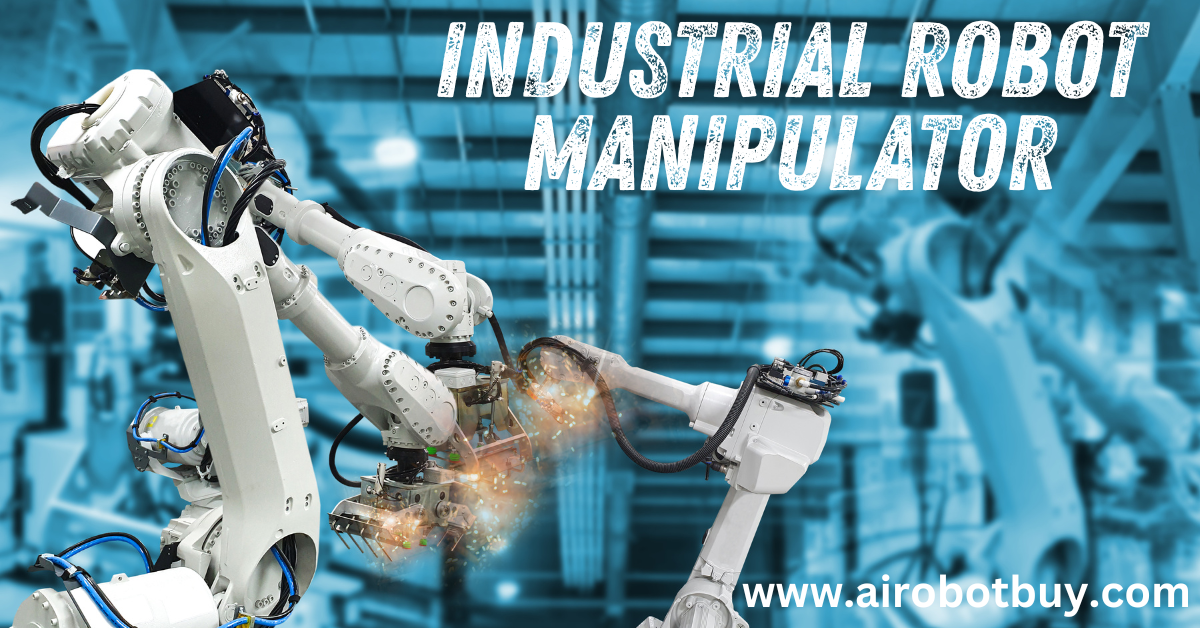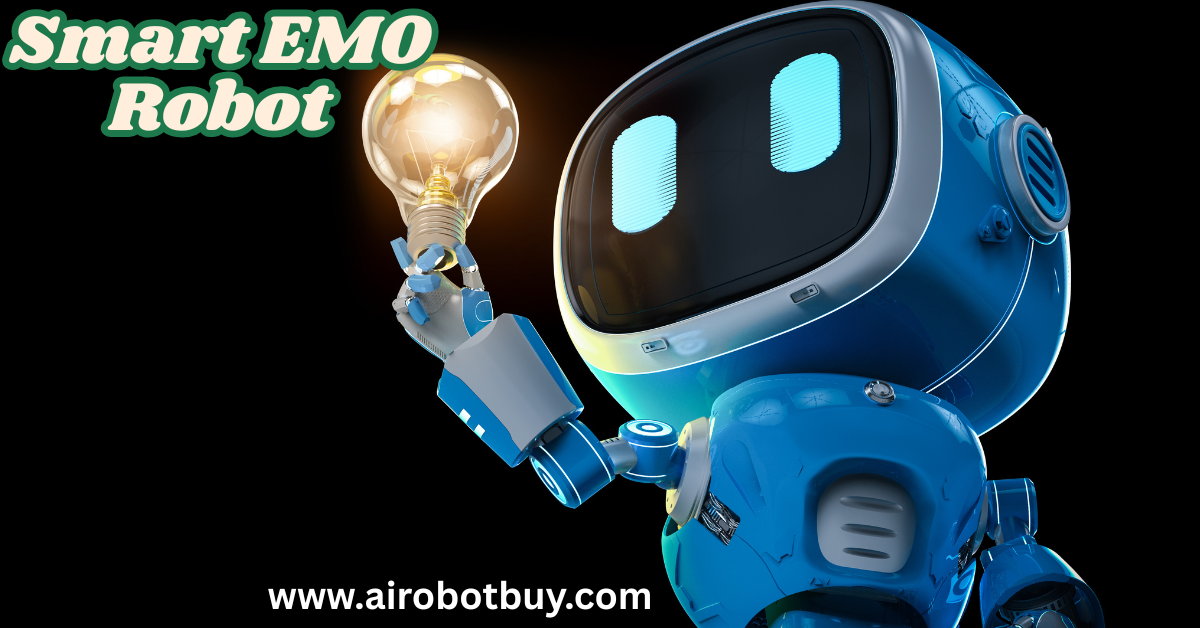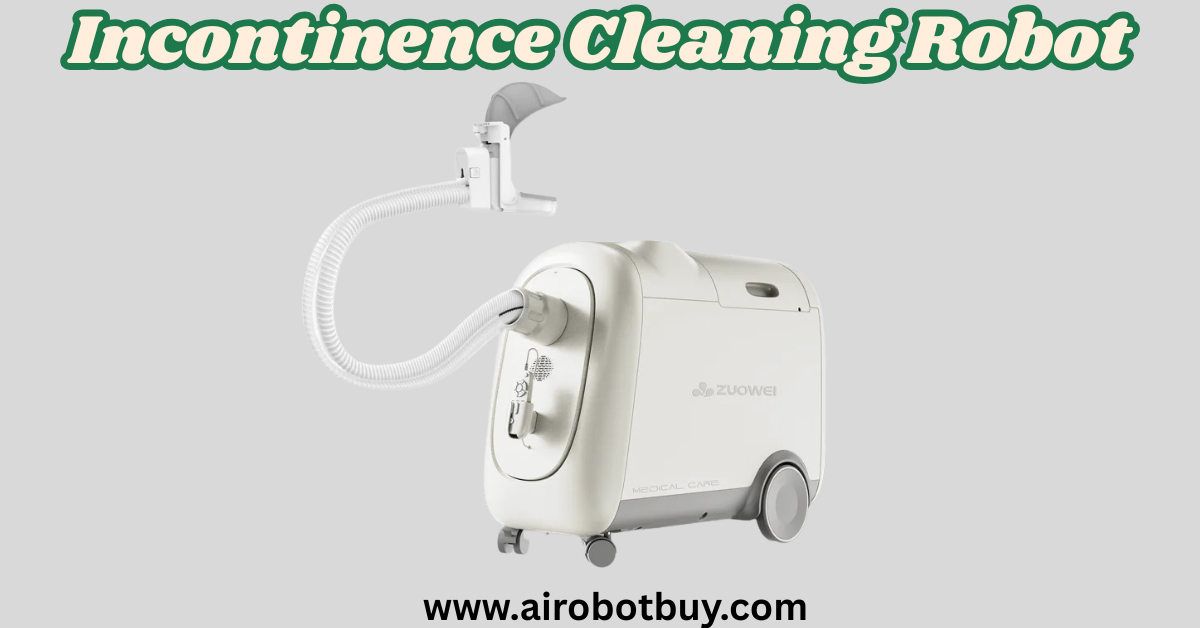In the competitive world of modern manufacturing, efficiency, speed, and cost control are no longer optional—they’re survival tools. As customer demands rise and production timelines shrink, companies are under constant pressure to do more with less. That’s where industrial robotics steps in. Far from being just a futuristic concept, these machines are already transforming production floors across the globe. From automating repetitive tasks to reducing costly errors and minimizing downtime, industrial robots offer a practical and scalable solution for streamlining operations and cutting overheads.
Major manufacturers like Tesla, BMW, and Amazon have already demonstrated the measurable benefits of automation—from faster throughput and higher product quality to significant labor cost reductions. And with advancements in collaborative robotics and AI integration, even small and medium enterprises are beginning to tap into the potential of robotic systems.
In this guide, we will explain how industrial robotics helps streamline production, lower overhead costs, improve safety, and reshape the future of manufacturing—with real-world case studies and data to back it up.
Industrial Robotics: The Key to Streamlined Production and Lower Overheads

In today’s fast-paced industrial environment, the demand for efficiency, consistency, and cost reduction has never been greater. Companies across manufacturing sectors are under pressure to produce more, faster, and with fewer errors. Industrial robotics is no longer a futuristic concept; it’s a practical solution that companies are actively implementing to stay competitive.
This article explores how industrial robotics streamlines production processes and helps companies significantly lower operational costs. We’ll back our claims with real-world examples, grounded statistics, and practical observations. Visit here!
What Are Industrial Robots?
Industrial robotics are programmable, automated machines designed to carry out manufacturing tasks such as welding, painting, assembly, picking and placing products, packaging, labeling, and testing. These robots can operate 24/7 with minimal supervision and are typically used in environments where precision, speed, and consistency are critical.
There are several types of industrial robots, including:
- Articulated robots (multi-jointed arms for versatile tasks)
- SCARA robots (ideal for horizontal assembly operations)
- Cartesian robots (good for pick-and-place jobs)
- Delta robots (used for high-speed picking)
- Collaborative robots (cobots) (designed to work safely alongside humans)
The Core Benefits of Industrial Robotics
1. Streamlined Production Processes
One of the most immediate advantages of industrial robotics is streamlined production. Automated systems work faster than human operators and maintain consistency throughout the process. For example, a robot can weld hundreds of parts per hour with uniform quality.
In automotive manufacturing, industrial robots can complete complex tasks like spot welding in seconds. Ford, one of the early adopters of robotic welding arms, increased their productivity by over 25% simply by reducing human error and speeding up line operations.
2. Reduction in Labor Costs
According to a report by the International Federation of Robotics (IFR), industrial robots reduce labor costs by up to 30%. While initial investment is significant, the long-term savings in wages, training, insurance, and human resource management are substantial.
A case in point is Adidas, which introduced Speedfactories using industrial robots in Germany and the U.S. These factories achieved lower labor costs and rapid production turnaround compared to traditional manufacturing plants.
3. Consistency and Quality Assurance
Robots follow programmed instructions precisely. This minimizes the possibility of variations that can occur due to fatigue or human error. The electronics industry, for example, heavily relies on industrial robots for soldering and assembling small, intricate components where precision is crucial.
Apple’s contract manufacturer Foxconn deployed over 100,000 robots to assemble iPhones. The result was a reduction in defects and improved quality consistency across batches.
4. Increased Safety
Industrial environments often pose risks such as high heat, toxic substances, or heavy lifting. Robots take over these dangerous tasks, reducing workplace injuries. According to OSHA, robotic systems have helped reduce injury rates in hazardous manufacturing tasks by up to 40%.
Real-World Case Studies
BMW Group
BMW uses over 3,000 robots in its manufacturing facilities worldwide. These robots handle tasks like door fitting, sealing, and painting. With robots, BMW improved throughput while reducing errors and downtime.
Impact:
- Reduced cycle time per vehicle by 10%
- Lowered rework and material wastage
Amazon
In its fulfillment centers, Amazon uses over 750,000 robots, mainly for picking, sorting, and transporting inventory. These robots operate around the clock and have drastically sped up order processing times.
Impact:
- Reduced operational costs by 20%
- Shortened delivery times by 25%
Tesla
Tesla’s Gigafactory in Nevada is highly automated. Robots assemble battery packs, paint car bodies, and perform quality checks. Tesla’s integration of robotics aims to deliver scale without sacrificing speed or quality.
Impact:
- Increased production capacity
- Improved defect detection
Breaking Down the Cost Factor
The cost of implementing industrial robotics varies, but here is a typical breakdown:
- Robot unit: $25,000 to $400,000 depending on functionality
- Installation & programming: 25% to 50% of robot cost
- Maintenance (annual): ~5% of robot cost
Despite this upfront investment, the return on investment (ROI) is generally realized within 2-3 years. According to Deloitte, manufacturers reported an average productivity gain of 20% within the first year of robotic deployment.

How Small and Medium Enterprises (SMEs) Are Adopting Robotics
While large corporations have led the charge, SMEs are catching up thanks to more affordable cobots and modular systems. Collaborative robots cost significantly less (starting around $20,000) and are easier to integrate without massive infrastructure changes.
Example: A small packaging company in Ohio invested in two cobots for palletizing. The company reported:
- 15% increase in packaging speed
- Reduced staff overtime by 40%
- ROI within 18 months
Robotics and Workforce Dynamics
The conversation around robotics often includes job displacement concerns. However, research suggests a shift rather than a loss. Robots handle repetitive and dangerous tasks, allowing human workers to move into supervisory, programming, and maintenance roles.
According to McKinsey, 60% of occupations could have at least 30% of activities automated. However, new jobs in robot operation and system design are increasing.
Challenges in Adopting Industrial Robotics
- High Initial Investment
- Technical Skill Gap
- Integration with Existing Systems
- Maintenance Requirements
Companies can mitigate these challenges by:
- Partnering with robotics vendors for training
- Starting with pilot projects
- Utilizing modular systems for easy scaling
The Future of Industrial Robotics
The future is about smarter, more autonomous systems. Advancements in AI and machine learning are pushing industrial robots beyond repetitive tasks into decision-making roles. Vision systems and adaptive algorithms enable robots to respond to real-time changes.
Forecast:
- Global market for industrial robotics is expected to reach $81 billion by 2028 (Statista)
- 70% of manufacturers plan to invest in robotics within the next 5 years (IFR)
Thoughts
Industrial robotics is more than a trend—it’s a proven pathway to streamlined production and reduced overheads. From major players like BMW and Amazon to small businesses adapting cobots, the evidence is clear: robots deliver results.
For manufacturers aiming to stay competitive, the question is no longer “Should we automate?” but “How soon can we start?”
FAQs on Industrial Robotics
1. What are industrial robots used for?
Industrial robots are used for tasks such as welding, assembly, material handling, packaging, painting, inspection, and palletizing. They are widely used in industries like automotive, electronics, pharmaceuticals, and consumer goods manufacturing to improve speed and accuracy.
2. How do industrial robots help reduce overhead costs?
Robots reduce overheads by minimizing human error, lowering labor costs, increasing production speed, and reducing material waste. Over time, they eliminate many recurring expenses like overtime pay, insurance liabilities, and costs due to workplace injuries.
3. Are industrial robots suitable for small and medium-sized businesses (SMEs)?
Yes. With the rise of collaborative robots (cobots), even small businesses can afford automation. Cobots are cost-effective, easier to program, and can work safely alongside human workers without major facility upgrades.
4. What is the ROI period for industrial robots?
Most manufacturers see a return on investment within 2–3 years. In some SME case studies, ROI was achieved in less than 18 months, depending on the complexity and usage of the robot.
5. Do industrial robots replace human workers?
Not entirely. Robots typically handle repetitive or dangerous tasks, while humans shift to supervisory, technical, or creative roles. The goal is task automation, not workforce elimination.
Conclusion
Industrial robotics is no longer a luxury reserved for large corporations—it has become a practical, high-impact tool for manufacturers of all sizes. By automating repetitive, hazardous, and precision-based tasks, robots help companies increase output, maintain consistent quality, and significantly reduce labor-related expenses. Real-world examples from industry leaders like BMW, Amazon, and Tesla clearly show how robotics can deliver faster production cycles, lower error rates, and better resource utilization.
Beyond financial benefits, robotics also enhances workplace safety and allows human workers to focus on higher-value tasks like programming, supervision, and innovation. And with the growing availability of affordable, user-friendly systems like collaborative robots, small and medium businesses can now implement automation without heavy infrastructure changes or technical barriers.
Yes, the initial investment can be substantial—but the long-term gains in efficiency, cost savings, and competitiveness are even greater. As technology continues to evolve, the gap between traditional methods and robotic automation will only widen.
For forward-thinking manufacturers, embracing industrial robotics isn’t just smart—it’s necessary for long-term growth and survival in today’s industrial economy.


















